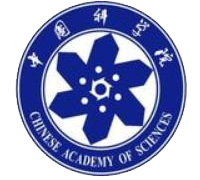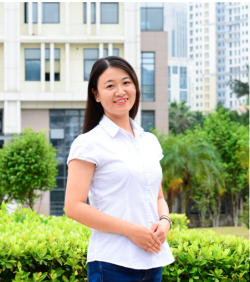
Birth: May 1982
Email: fwh@fjirsm.ac.cn
Academic background:
2002-2006: Bachelor degree, Heilongjiang University of Science and Technology, China
2006-2009: Master degree, Huaqiao University, China
2009-2015: Research assistant in Fujian Institute of Research on the Structure of Matter (FJIRSM), Chinese Academy of Sciences (CAS), China
2009-2013: Ph.D, Fujian Institute of Research on the Structure of Matter, CAS, China
2016-2017: Visiting Scholar in the University of Cambridge, UK
2019-now: Professor, Fujian Institute of Research on the Structure of Matter, CAS
Research interest:
Rational design of aluminum oxo clusters, investigation of unique functions at molecular-level.
ResearcherID: https://www.webofscience.com/wos/author/rid/F-2674-2011
Academic awards and honors:
2017 Youth Innovation Promotion Association CAS membership
2018 “Haiyan Talent Plan” in FJIRSM
2021 Distinguished Young Researcher of Fujian Province
2021 Youth Innovation Promotion Association CAS membership
铝氧簇研究小组负责人简介:
方伟慧,博士、研究员、博士生导师。2006年本科毕业于黑龙江科技大学,2009年硕士毕业于华侨大学,同年进入福建物构所工作并攻读博士学位,2013年毕业获得博士学位。2016年进行CSC博士后研究。2017年入选中国科学院“青年创新促进会”会员(2017345),2019年破格晋升研究员。致力于团簇合成的基础研究,在“稀土氧簇”、“钛氧簇”研究基础上,开辟“铝氧簇”体系。迄今以第一或通讯作者身份发表论文65篇,其中31篇发表在J. Am. Chem. Soc.(2 篇)、 Angew. Chem. Int. Ed.(4 篇)、 Chem. Mater.(1 篇)、 Chinese J. Catal.(1 篇)等影响因子大于5的期刊上,研究工作总结在Chem. Soc. Rev., Acc. Chem. Rev., Coordin. Chem. Rev.等综述期刊,4篇论文被选为VIP论文、期刊封面或封底。主持完成了国家自然科学基金青年项目、面上项目和福建省自然科学基金青年项目,目前主持的在研基金有“国家自然科学基金团簇构造、功能及多级演化重大研究计划培育项目”和福建省“杰出青年科学基金”项目,2017入选中国科学院“青年创新促进会”,2021年入选中国科学院“第七批青年创新促进会优秀会员”和中国科学院福建物质结构研究所团队相关人才计划。
铝氧簇研究小组简介:采用“配体诱导和溶剂调控策略”构筑了高核Al32团簇,发现铝氧轮簇新型结构类型,并系统开展了铝氧轮簇的尺寸拓展、结构转化、介孔超分子组装和配位组装。这些工作推动了主族元素团簇的研究,丰富了金属氧簇合成化学。研究人员目前由2位博士生,9位硕士生组成。
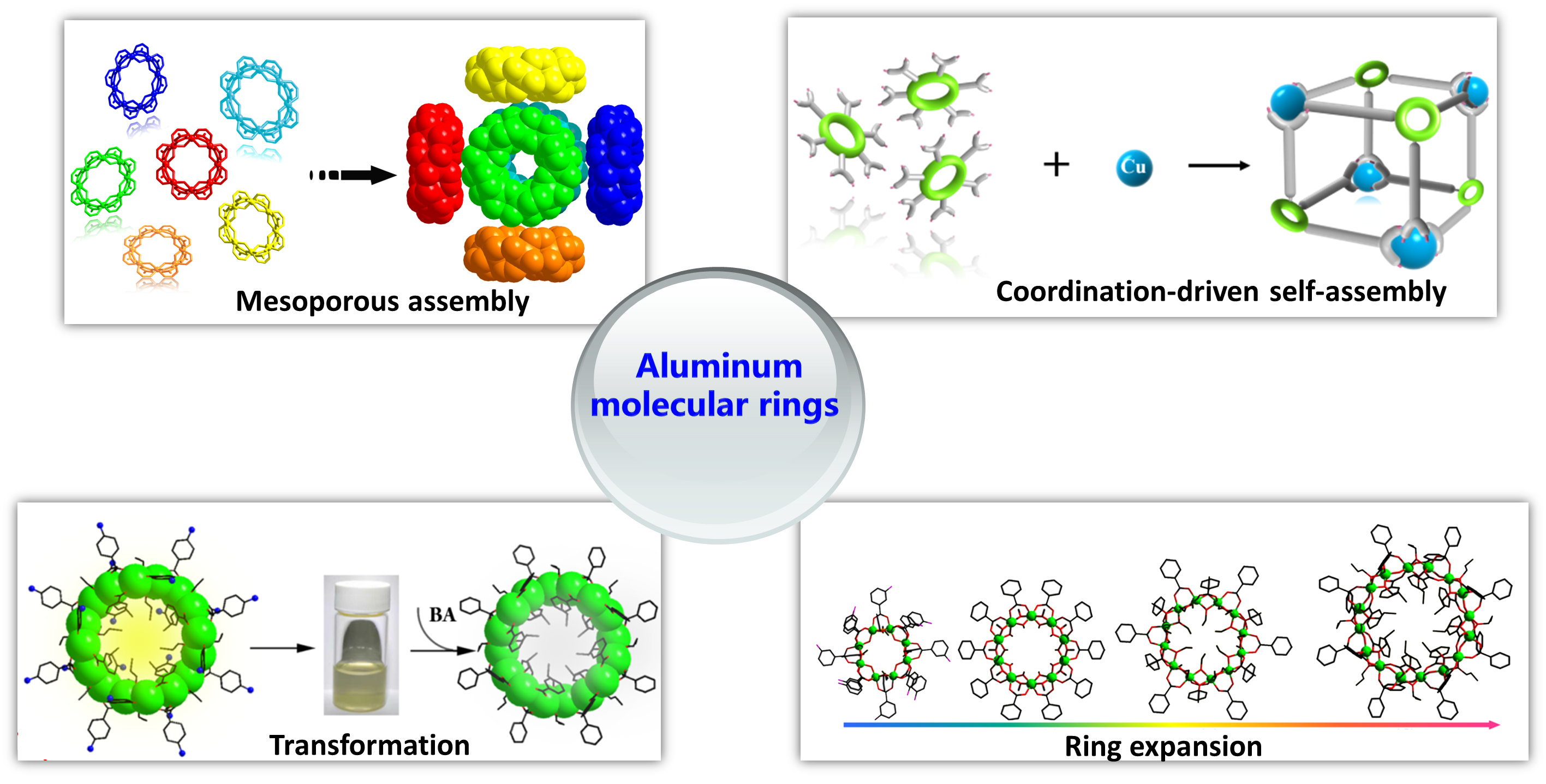
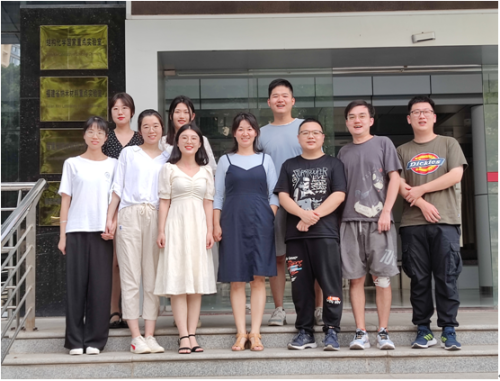
Group of Aluminum oxo Clusters (AlOCs) in 2021
Publication list:
2022
[65] S.-T. Wang, Y.-Y. Sun, W.-H. Fang* and J. Zhang, The largest aluminum molecular rings\: Phenol-thermal synthesis, photoluminescence, and optical limiting. Aggregate 2022, DOI: AGT2_EV_AGT2264.
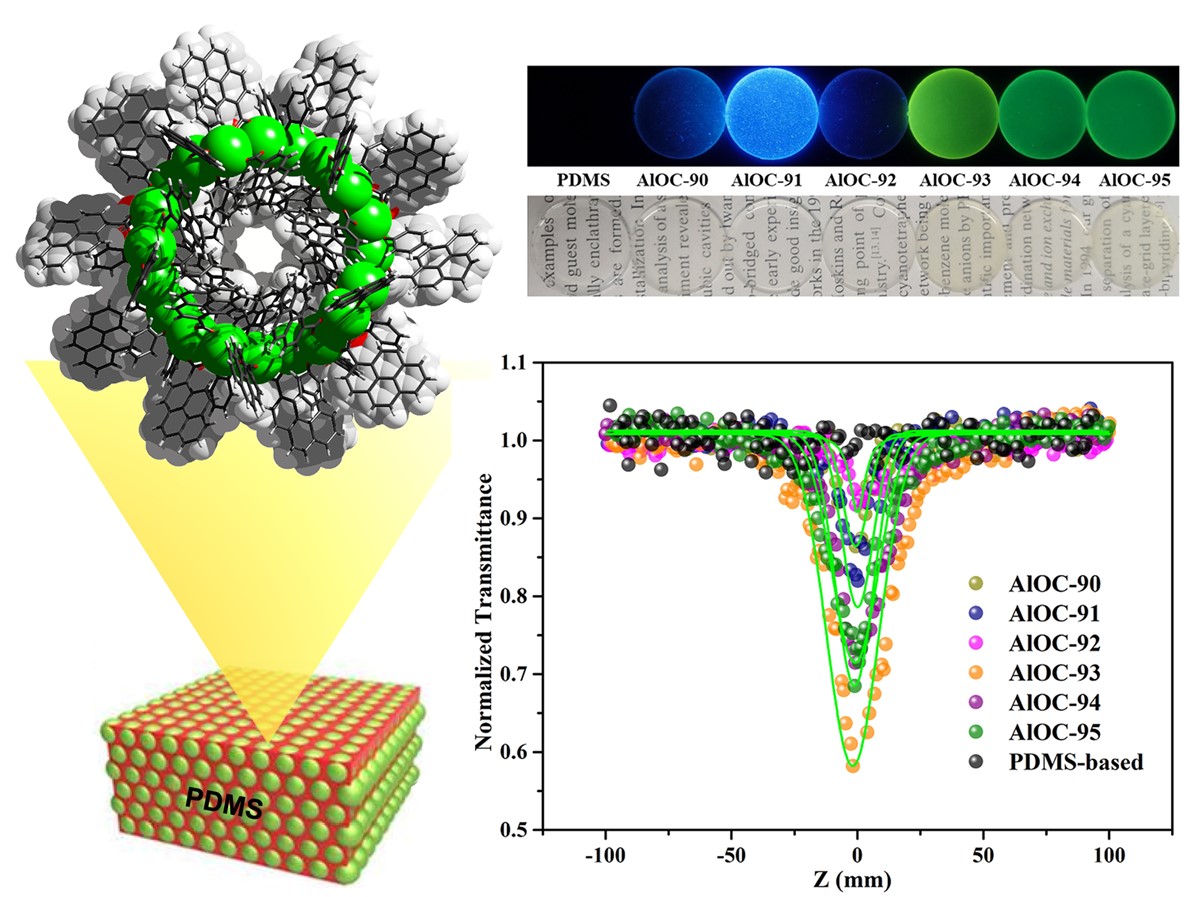
[64] Z.-H. Liu, W.-H. Fang* and J. Zhang, Synthesis, Structures and Optical Limiting of Catecholato-based Aluminum Oxo Clusters. Eur. J. Inorg. Chem. 2022, DOI: 10.1002/ejic.202200376.
[63] D. Luo, F. Wang, C.-H. Liu, S.-T. Wang, Y.-Y. Sun, W.-H. Fang* and J. Zhang, Combination of aluminum molecular rings with chemical reduction centers for iodine capture and aggregation. Inorg. Chem. Front. 2022, DOI:10.1039/d2qi01108e.
[62] Y. Zhang, Q.-H. Li, W.-H. Fang* and J. Zhang, Aluminum molecular rings bearing amino-polyalcohol for iodine capture. Inorg. Chem. Front. 2022, 9, 592-598.
[61] S.-H. Shen, Y.-J. Liu, S.-T. Wang, W.-H. Fang* and J. Zhang, Chiral Induction in Aluminum Oxo Sulfate Helical Chains. Cryst. Growth Des. 2022, 22, 3954-3960.
[60] D. Luo, Y. F. Sun, Y. J. Liu, C. H. Liu, W. H. Fang * and J. Zhang, Nanoarchitectonics of heterometallic compound Al4Bi4 for optical limiting. Inorg. Chem. Commun. 2022, 136, 109117.
[59] Y. J. Liu, Y. H. Yu, Y. F. Sun, W. H. Fang* and J. Zhang*, Designable assembly of atomically precise Al4O4 cubane supported mesoporous heterometallic architectures. Chem. Sci. 2022, 13, 5693-5700.
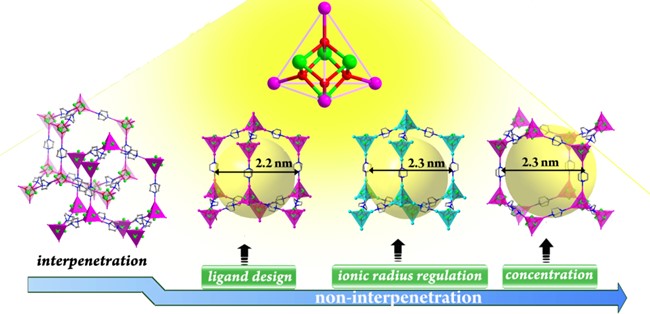
[58] Y. Li, C. Zheng, S. T. Wang, Y. J. Liu, W. H. Fang* and J. Zhang, Record Aluminum Molecular Rings for Optical Limiting and Nonlinear Optics. Angew. Chem. Int. Ed. 2022, 61, e202116563.
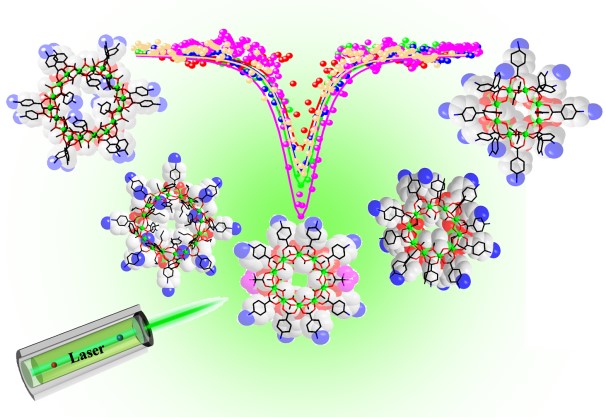
[57] Y. Li, Z. Yi, Y. Kang* and W.-H. Fang*, Stepwise assembly of heterometallic aluminum oxo clusters. J. Solid State Chem. 2022, 306, 122763.
2021
[56] X. Z. Zhang, X. F. Wang, W. H. Fang* and J. Zhang*, Synthesis, Structures, and Fluorescence Properties of Dimeric Aluminum Oxo Clusters. Inorg. Chem. 2021, 60, 7089-7093.
[55] X. Z. Zhang, W. H. Fang* and X. F. Wang*, An in-situ esterification reaction in amino-alcohols coordinated aluminum oxo clusters. Inorg. Chem. Commun. 2021, 128, 108608.
[54] S. Yao, W. H. Fang*, Y. Sun, S. T. Wang and J. Zhang*, Mesoporous Assembly of Aluminum Molecular Rings for Iodine Capture. J. Am. Chem. Soc. 2021, 143, 2325-2330.

[53] S.-T. Wang, W.-H. Fang* and S.-H. Zhang*, Stepwise assembly of multidimensional Al–Pb based coordination polymers. J. Solid State Chem. 2021, 293, 121804.
[52] S. T. Wang, C. H. Liu, C. Zheng, D. J. Li, W. H. Fang* and J. Zhang, Heterometallic Al6Zn12 nano-plate with -conjugated ligand: synthesis and nonlinear absorption properties. Chem. Commun. 2021, 57, 12820-12823.
[51] Y.-J. Liu, L. Geng, Y. Kang, W.-H. Fang* and J. Zhang, Odd-membered cyclic hetero-polyoxotitanate nanoclusters with high stability and photocatalytic H2 evolution activity. Chinese J. Catal. 2021, 42, 1332-1337..
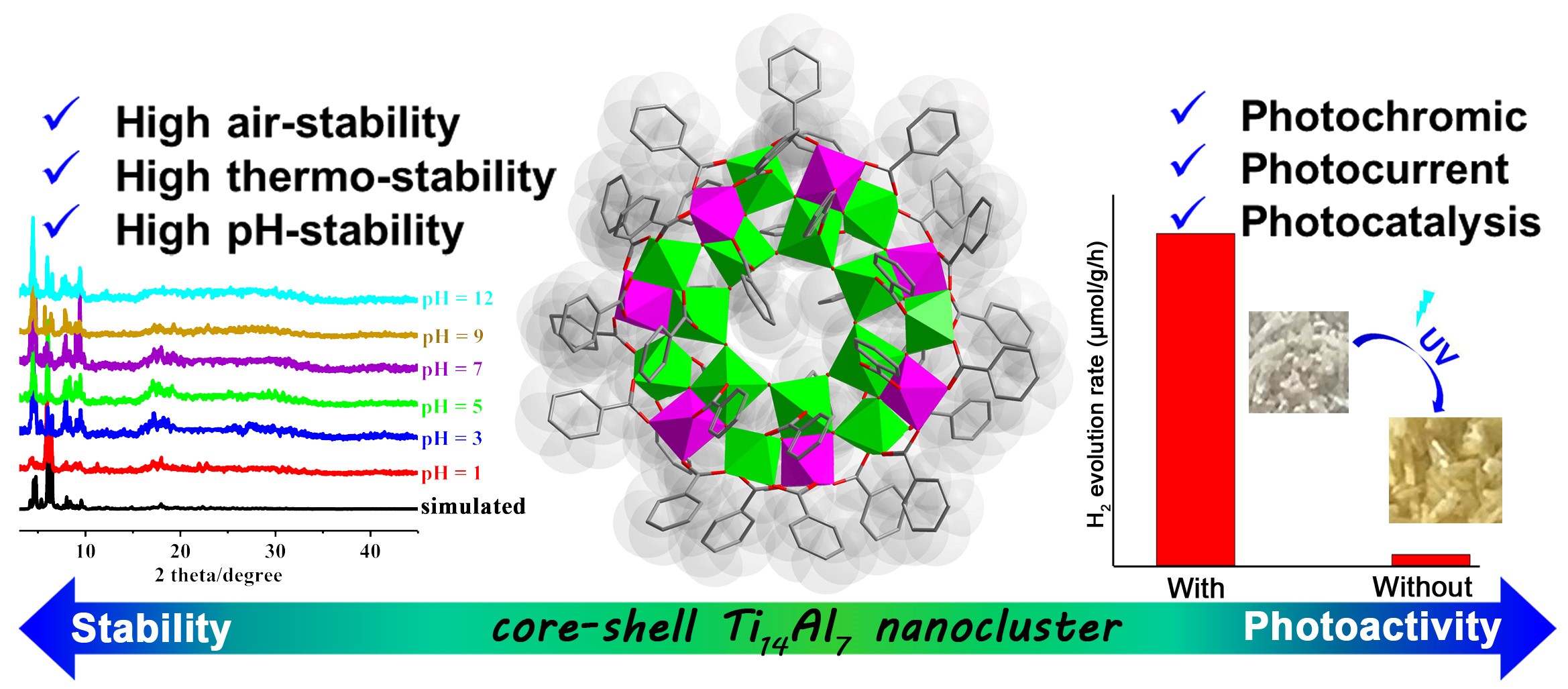
[50] Y. J. Liu, Q. H. Li, D. J. Li, X. Z. Zhang, W. H. Fang* and J. Zhang*, Designable Al32-Oxo Clusters with Hydrotalcite-like Structures: Snapshots of Boundary Hydrolysis and Optical Limiting. Angew.Chem. Int. Ed. 2021, 60, 4849-4854.
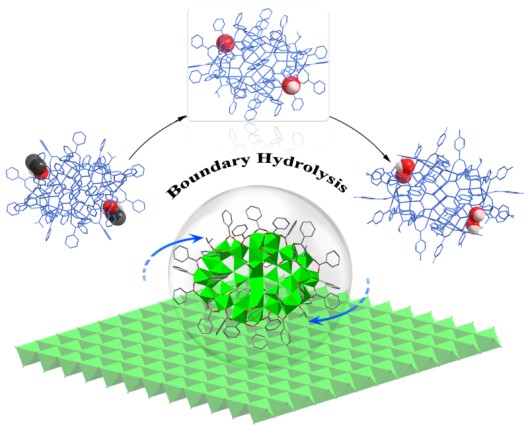
[49] C. H. Liu, W. H. Fang*, Y. Sun, S. Yao, S. T. Wang, D. Lu and J. Zhang*, Designable Assembly of Aluminum Molecular Rings for Sequential Confinement of Iodine Molecules. Angew. Chem. Int. Ed. 2021, 60, 21426-21433.
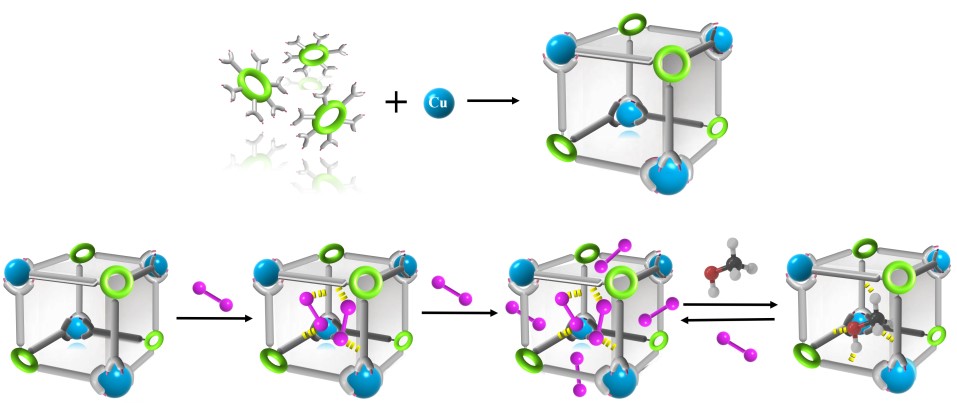
[48] L. Geng, Q. H. Li, S. T. Wang, Y. J. Liu, W. H. Fang* and J. Zhang, Aluminium nanorings: configuration deformation and structural transformation. Chem. Commun. 2021, 57, 2085-2088.
[47] W. H. Fang*, R. Muller, R. B. Jethwa, V. Riesgo-Gonzalez, N. Li, S. D. Pike, A. D. Bond, H. K. Luo, C. Zhang and D. S. Wright*, Titanium compounds containing naturally occurring dye molecules. Dalton Trans. 2021, 50, 17202-17207.
[46] W. H. Fang*, H. Li, Y. K. Lv and D. S. Wright*, A cocrystallization of polyoxotitanium cages with lanthanide clusters. J. Solid State Chem. 2021, 294, 121852.
[45] Z. Ai-Ping, G. Mei-Yan, F. Wei-Hui* and K. Yao*, Two Novel {Ti6P2} Clusters Decorated with Inorganic Acids. Chinese J. Struct. Chem. 2021, 40, 277-282.
[44] 方伟慧,杨国昱*, 诱导聚集与协同配位策略构筑金属氧合团簇及其有机骨架. 中国科学化学 2020, 50, 975-985.
[43] C.-H. Liu, W.-H. Fang*, Y. Kang, J. Zhang, Chinese J. Struct. Chem., 2020, 39, 2091-2101.
[42] S.-T. Wang, S.-H. Zhang, W.-H. Fang* and J. Zhang*, Stepwise Coordination Assembly Approach toward Aluminum-Lanthanide-based Compounds. Inorg. Chem. 2020, 59, 13760-13766.
[41] Y. J. Liu, P. Shao, M. Y. Gao, W. H. Fang* and J. Zhang*, Synthesis of Ag-Doped Polyoxotitanium Nanoclusters for Efficient Electrocatalytic CO2 Reduction. Inorg. Chem. 2020, 59, 11442-11448.
[40] Y. J. Liu, W. H. Fang*, L. Zhang* and J. Zhang, Recent advances in heterometallic polyoxotitanium clusters. Coord. Chem. Rev. 2020, 404, 213099.
[39] L. Geng, C. H. Liu, S. T. Wang, W. H. Fang* and J. Zhang*, Designable Aluminum Molecular Rings: Ring Expansion and Ligand Functionalization. Angew. Chem. Int. Ed. 2020, 59, 16735-16740.
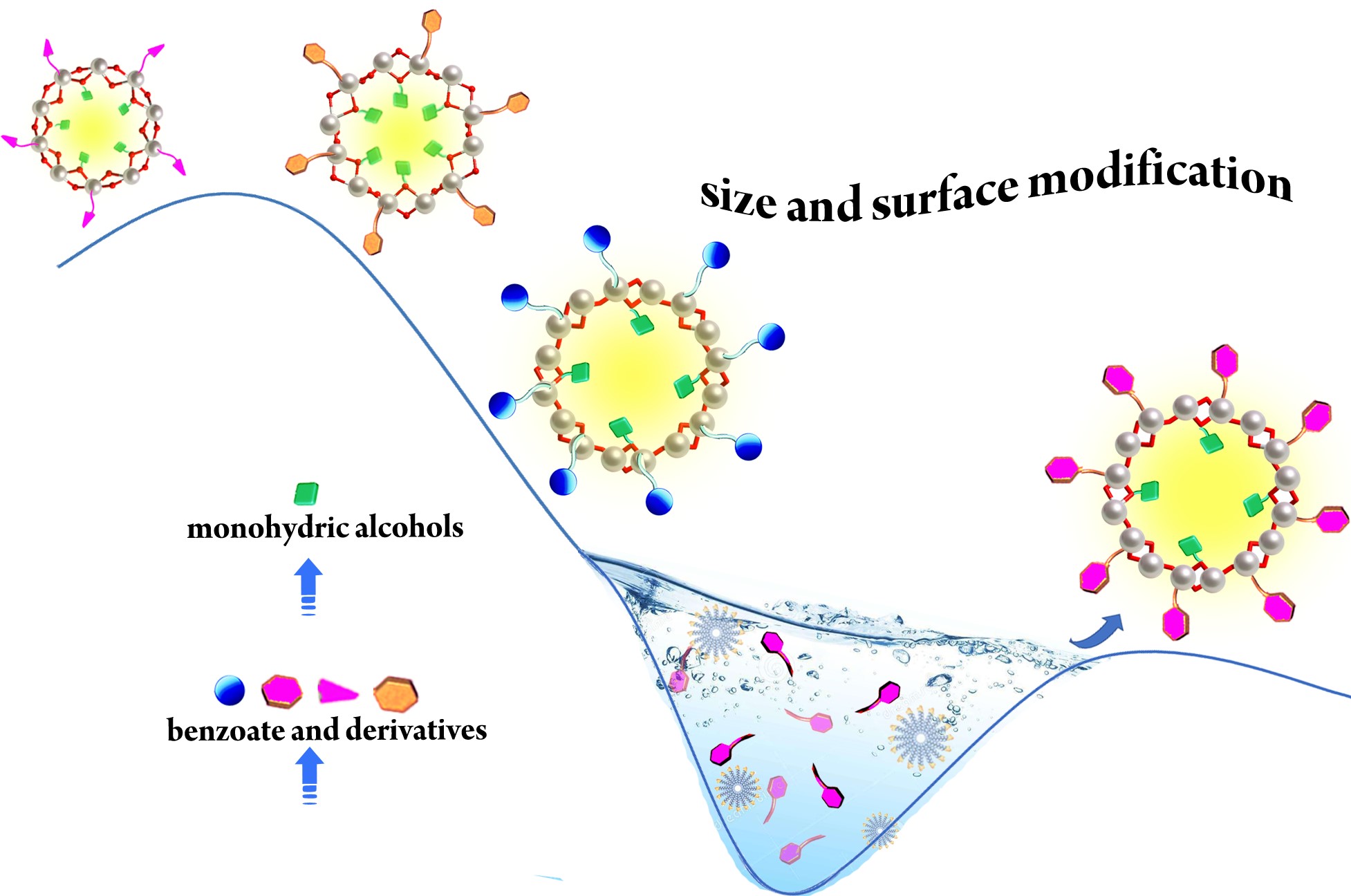
[38] L. Geng, W.-H. Fang*, L. Zhang and J. Zhang, Gadolinium Pivalate Complex as a Precursor for the Synthesis of Titanium Oxo Clusters: Solvent Influence and Structural Analysis. Chinese J. Struct. Chem. 2020, 39, 1063-1069.
2019
[37] X.-X. Liu, W.-H. Fang*, S. Chen, L. Zhang* and J. Zhang, Wheel-Shape Heterometallic Ti10M2-oxo Clusters (M = Ni, Co) with Effective Visible Light Absorption. Chin. J. Chem. 2019, 37, 233-236.
[36] X.-X. Liu, S. Chen, W.-H. Fang*, L. Zhang* and J. Zhang, Amino-Polyalcohol-Solvothermal Synthesis of Titanium-Oxo Clusters: From Ti-6 to Ti-19 with Structural Diversity. Inorg. Chem. 2019, 58, 7267-7273.
[34] G. L. Dong, W. H. Fang*, L. Zhang* and J. Zhang, In situ generated pyroglutamate bridged polyoxotitaniums with strong circular dichroism signal. Chinese Chem. Lett. 2019, 30, 1005-1008.
2018
[34] W. H. Fang, L. Zhang* and J. Zhang*, Synthetic strategies, diverse structures and tuneable properties of polyoxo-titanium clusters. Chem. Soc. Rev. 2018, 47, 404-421.
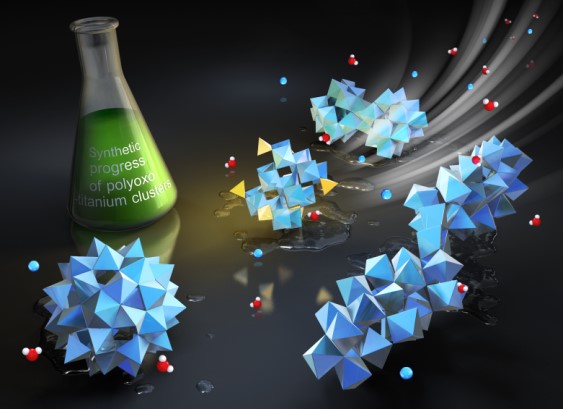
[33] W. H. Fang and G. Y. Yang*, Induced Aggregation and Synergistic Coordination Strategy in Cluster Organic Architectures. Acc. Chem. Res. 2018, 51, 2888-2896.
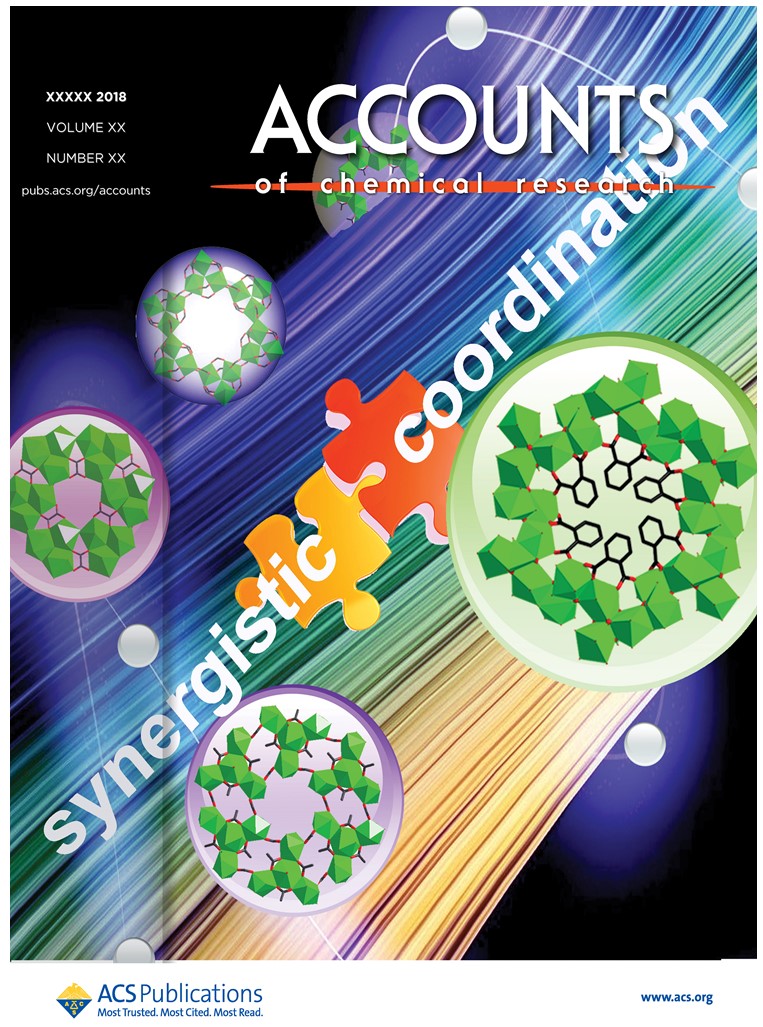
[32] G.-L. Dong, L. Wang*, W.-H. Fang* and L. Zhang, Hydrothermal synthesis, structures and visible light harvest of three titanium complexes. Inorg. Chem. Commun. 2018, 93, 61-64.
[31] S. Chen, W. H. Fang*, L. Zhang* and J. Zhang, Synthesis, Structures, and Photocurrent Responses of Polyoxo-Titanium Clusters with Oxime Ligands: From Ti4 to Ti18. Inorg. Chem. 2018, 57, 8850-8856.
[30] B.-C. Zhu, W.-H. Fang,* P. Emayavaramban, L. Zhang,* J. Zhang, Structures and photophysical performances of (fluoro)salicylate stabilized polyoxo-titanium clusters CrystEngComm, 2018, 20 5964-5968.
2017
[29] C. Rong*, J.-D. Lin and W.-H. Fang*, In situ Ionothermal Synthesis and Characterization of a Novel Cuprous Halide Complex. Chinese J. Struct. Chem. 2017, 36, 689-695.
[28] M. Y. Gao, W. H. Fang*, T. Wen, L. Zhang* and J. Zhang, Connecting Titanium-Oxo Clusters by Nitrogen Heterocyclic Ligands to Produce Multiple Cluster Series with Photocatalytic H2 Evolution Activities. Cryst. Growth Des. 2017, 17, 3592-3595.
[27] W.-H. Fang, L. Zhang* and J. Zhang*, Assembly of titanium-oxo cations with copper-halide anions to form supersalt-type cluster-based materials. Chem. Commun. 2017, 53, 3949-3951.
[26] W.-H. Fang, J.-F. Wang, L. Zhang* and J. Zhang*, Titanium–Oxo Cluster Based Precise Assembly for Multidimensional Materials. Chem. Mater. 2017, 29, 2681-2684.

[25] W. H. Fang, L. Zhang* and J. Zhang, Synthetic Investigation, Structural Analysis and Photocatalytic Study of a Carboxylate-Phosphonate Bridged Ti18-Oxo Cluster. Dalton Trans. 2017, 46, 803-807.
2016
[24] Y. Zhu?, W. H. Fang?, Q. Wei and G. Y. Yang*, Extended hybrid architectures based on tetra-CoII sandwiched polyoxotungstates. CrystEngComm 2016, 18, 2712-2718.
[23] J.-F. Wang, Y. Kang, W.-H. Fang*, L. Zhang and J. Zhang, Zeolitic metal-biomolecule frameworks based on supertetrahedral lithium clusters and hypoxanthine nucleobase. Inorg. Chem. Commun. 2016, 71, 82-85.
[22] J. Y. Liu, W. H. Fang* and G. Y. Yang*, pH-Dependent Self-Assembly of Ladder-Like Lanthanide Chains with Copper(I) Halide Clusters. ChemPlusChem 2016, 81, 792-797.
[21] W.-H. Fang, L. Zhang, J. Zhang and G.-Y. Yang*, Halogen dependent symmetry change in two series of wheel cluster organic frameworks built by La18 tertiary building units. Chem. Commun. 2016, 52, 1455-1457.
[20] W.-H. Fang, L. Zhang, J. Zhang and G.-Y. Yang*, Water-Stable Homochiral Cluster Organic Frameworks Built by Two Kinds of Large Tetrahedral Cluster Units. Chem. Eur. J. 2016, 22, 2611-2615.
[19] W. H. Fang, L. Zhang* and J. Zhang*, A 3.6 nm Ti52-Oxo Nanocluster with Precise Atomic Structure. J. Am. Chem. Soc. 2016, 138, 7480-7483.
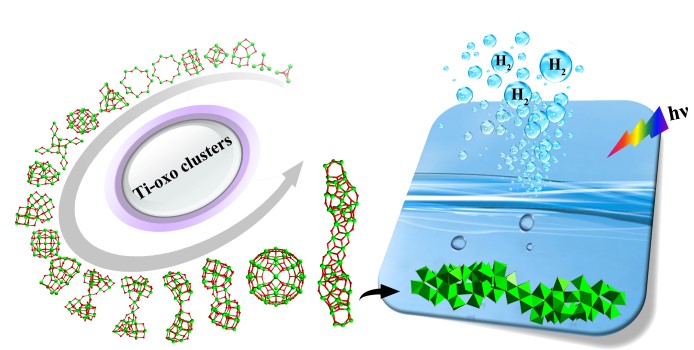
2015
[18] W. H. Fang, L. Zhang, J. Zhang and G. Y. Yang*, A highly stable face-extended diamondoid cluster-organic framework incorporating infinite inorganic guests. Chem. Commun. 2015, 51, 17174-17177.
[17] W. H. Fang, L. Zhang, J. Zhang and G. Y. Yang*, Construction of Cluster Organic Frameworks with bnn Hexagonal BN Topologies. Chem. Eur. J. 2015, 21, 15511-15515.
[16] W. H. Fang, W. D. Wang and G. Y. Yang*, A novel poly(polyoxometalate) built by {Cu5}/{Cu9} clusters and {PW9}/{PW10}/{PW11} lacunary fragments. Dalton Trans. 2015, 44, 12546-12549.
[15] W. H. Fang and G. Y. Yang*, A series of lanthanide coordination polymers constructed from 4-pyridin-4-ylbenzoate. Chem. Res. Chin. Univ. 2015, 31, 187-191.
2014
[14] W.-H. Fang and G.-Y. Yang*, Pillared-Layer Cluster Organic Frameworks Constructed from Nanoscale Ln10 and Cu16 Clusters. Inorg. Chem. 2014, 53, 5631-5636.
[13] W. H. Fang and G. Y. Yang*, Hydroxo-Lanthanide Cluster Organic Framework Built by Hexanuclear Cluster Units. J. Cluster Sci. 2014, 25, 1401-1411.
[12] W. H. Fang and G. Y. Yang*, Bilayer Architecture Based on Hexanuclear Heterometal Cluster Units. CrystEngComm 2014, 16, 6790-6796.
[11] W. H. Fang and G. Y. Yang*, Cluster Organic Framework Based on Er3 and Cu5 Cluster Units. J. Cluster Sci. 2014, 25, 1479-1488.
[10] W. H. Fang and G. Y. Yang*, Heterometal–Organic Framework with Pcu Net Constructed from Mixed Linear Ligands. CrystEngComm 2014, 16, 4091-4094.
[9] W. H. Fang and G. Y. Yang*, Constructing Heterometallic Frameworks with Highly Connected Topology Based on Edge-to-Edge Hexanuclear Lanthanide Clusters. CrystEngComm 2014, 16, 1885-1892.
[8] W. H. Fang and G. Y. Yang*, Syntheses and structures of three heterometallic coordination polymers derived from 4-pyridin-3-yl-benzoic acid. J. Solid State Chem. 2014, 212, 249-257.
[7] W. H. Fang, X. L. Jia and G. Y. Yang*, Lanthanide Cluster Organic Frameworks Derived from Pyridine-2,6-dicarboxylate and Oxalate: Syntheses, Structures and Luminescence. J. Cluster Sci. 2014, 25, 1553-1565.
[6] W. H. Fang, J. W. Cheng and G. Y. Yang*, Two Series of Sandwich Frameworks Based on Two Different Kinds of Nanosized Lanthanide(III) and Copper(I) Wheel Cluster Units. Chem. Eur. J. 2014, 20, 2704-2711.
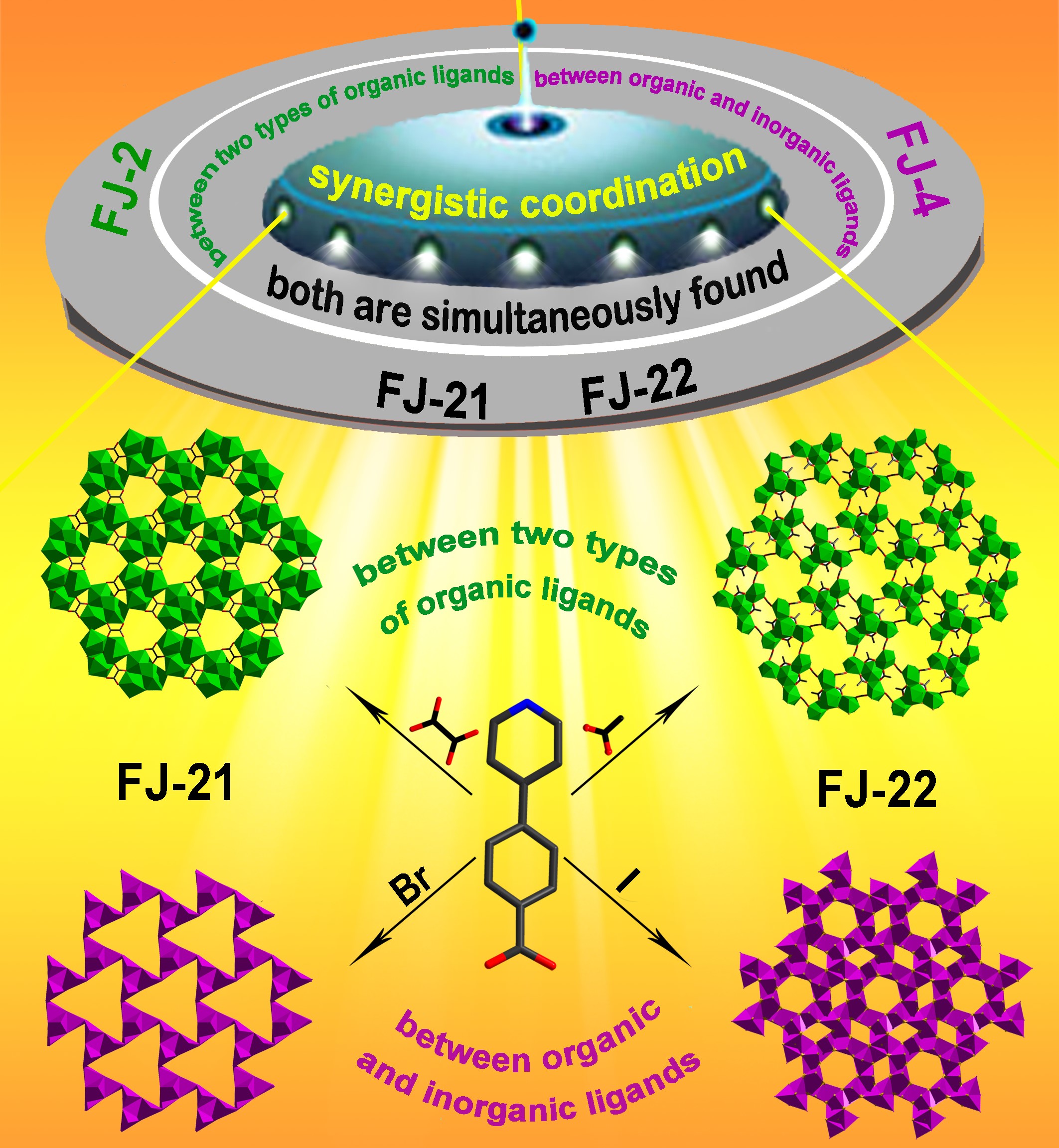
2013
[5] W. H. Fang and G. Y. Yang*, Three Pllared-Layer 3d–4f Heterometallic Frameworks Based on Tetranuclear Lanthanide Clusters. CrystEngComm 2013, 15, 9504-9512.
[4] W. H. Fang, L. Cheng, L. Huang and G. Y. Yang*, A series of lanthanide-based cluster organic frameworks made of heptanuclear trigonal-prismatic cluster units. Inorg. Chem. 2013, 52, 6-8.
2010
[3] W. H. Fang, Z. L. Wang and G. Y. Yang*, Lanthanide-Organic Frameworks Based on {Ln4(3-OH)4(2-OH)2} Cluster Units. J. Clust. Sci. 2010, 21, 187-195.
[2] W. H. Fang, Z. L. Wang and G. Y. Yang*, A Supramolecular Network Constructed from {Er2} and {Cu2} Units. Chinese J. Inorg. Chem. 2010, 26, 1917-1922.
[1] 方伟慧, 林金清, 王国平, 金春英, [Bmim]BF4-H2O体系超额摩尔体积测定及关联. Journal of Huaqiao University ( Natural Science) 2010, 31, 430-433.
